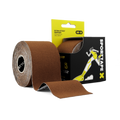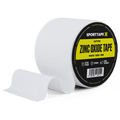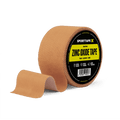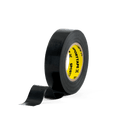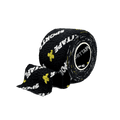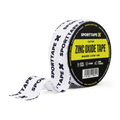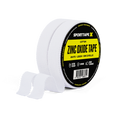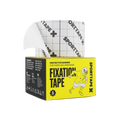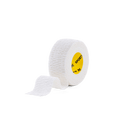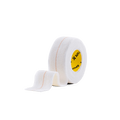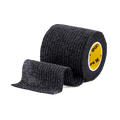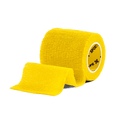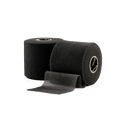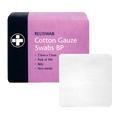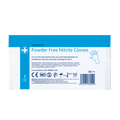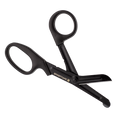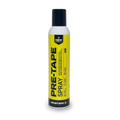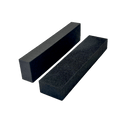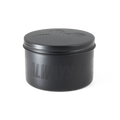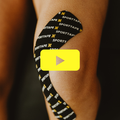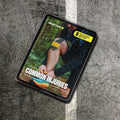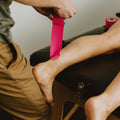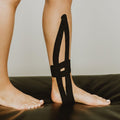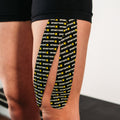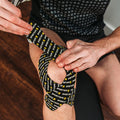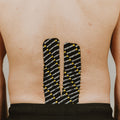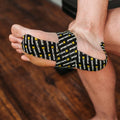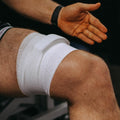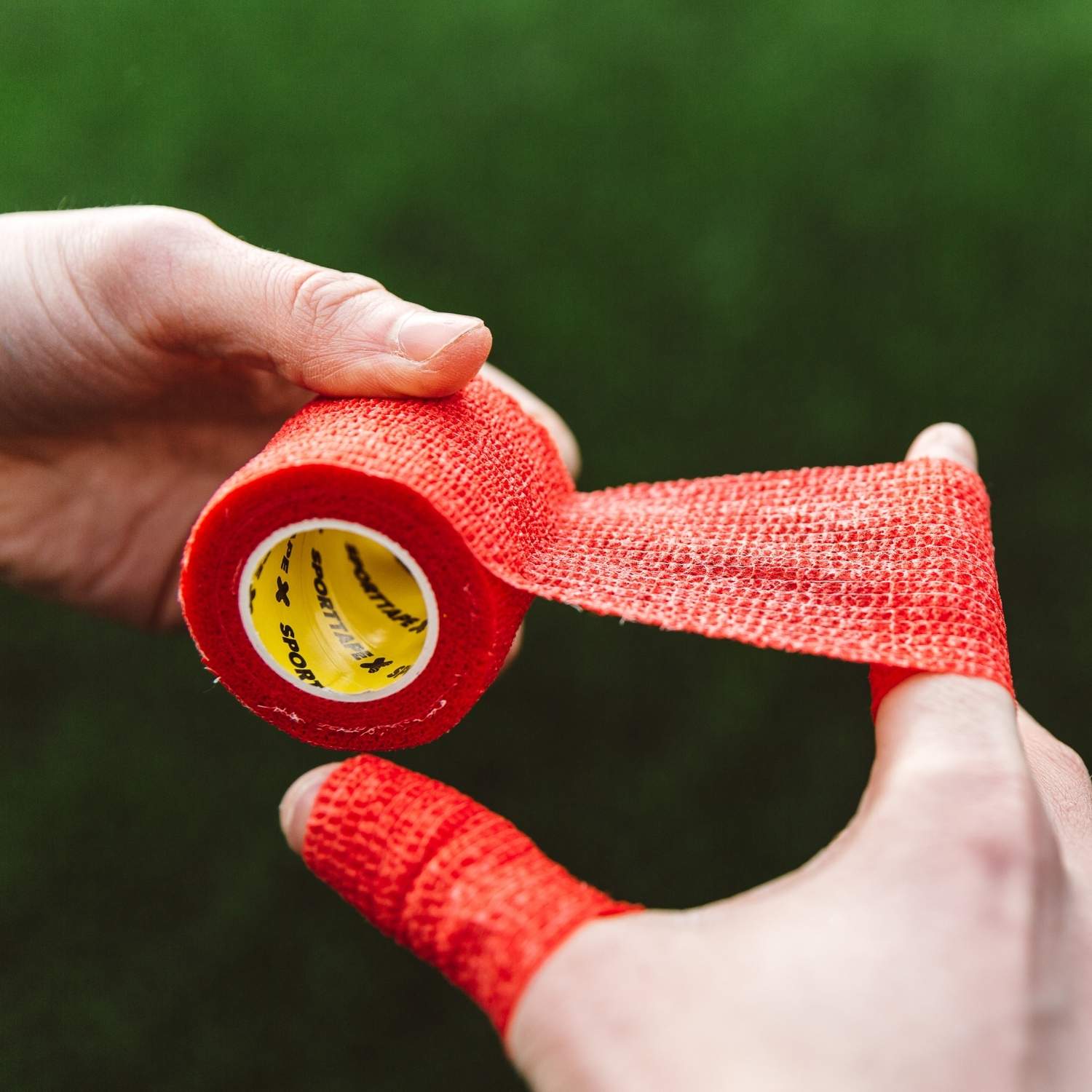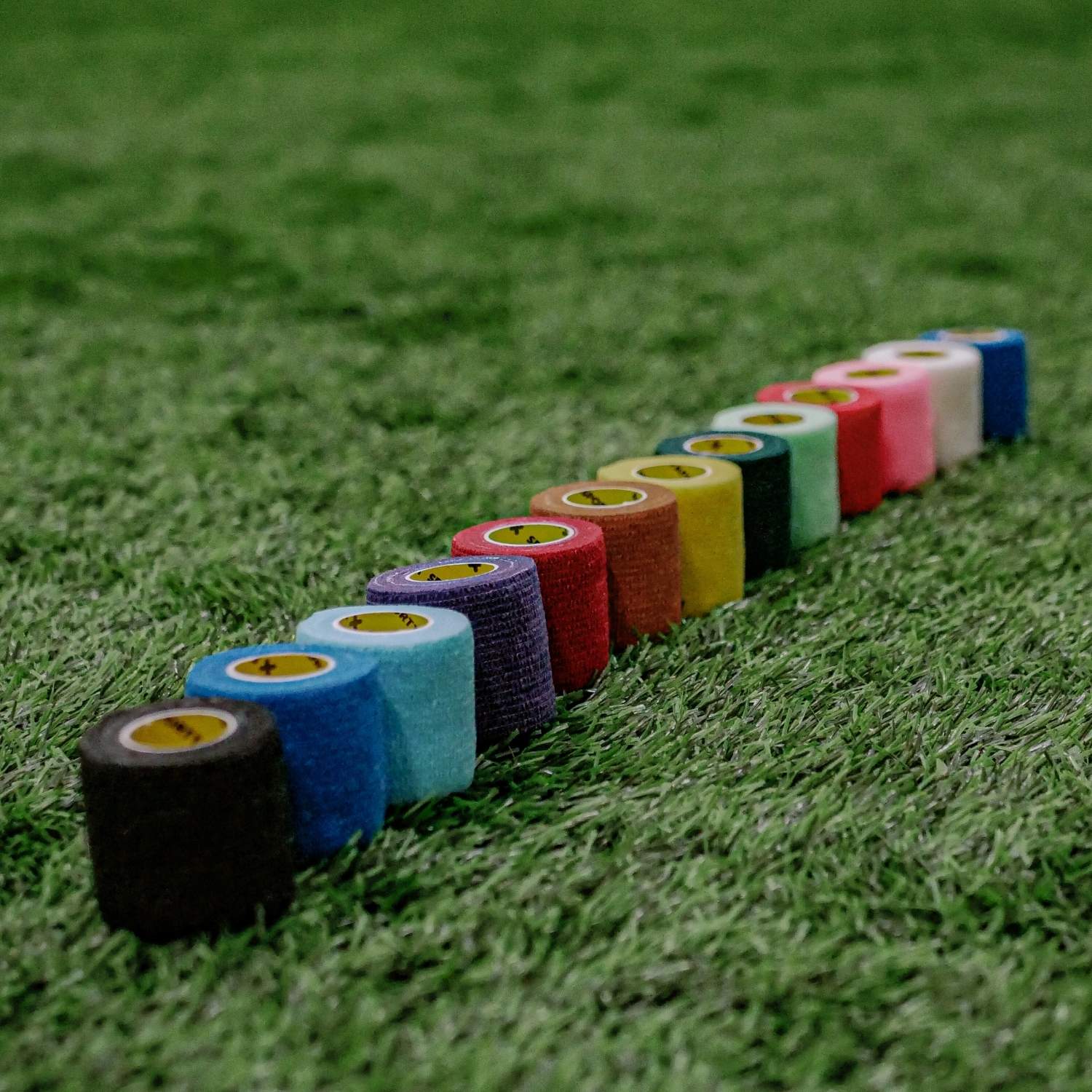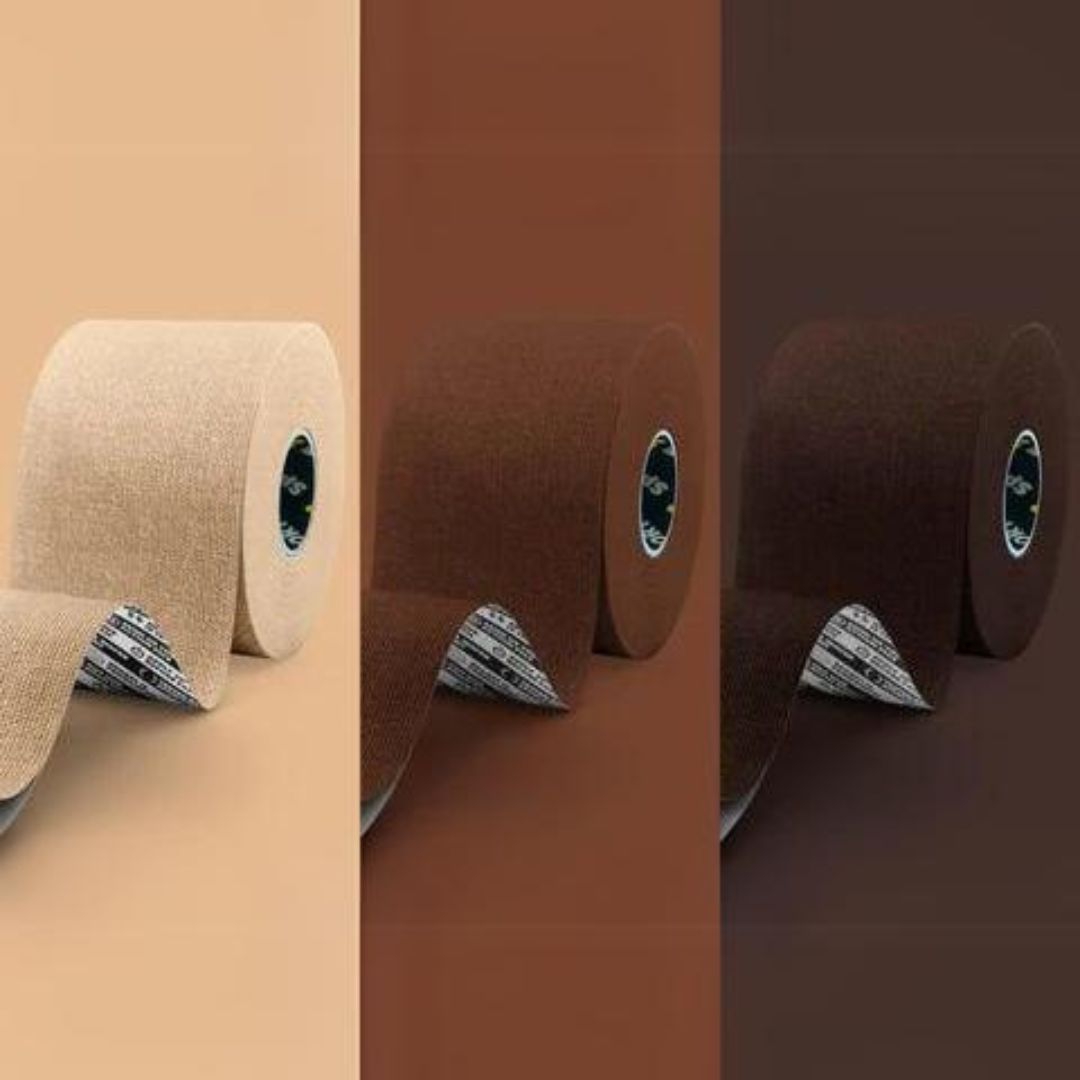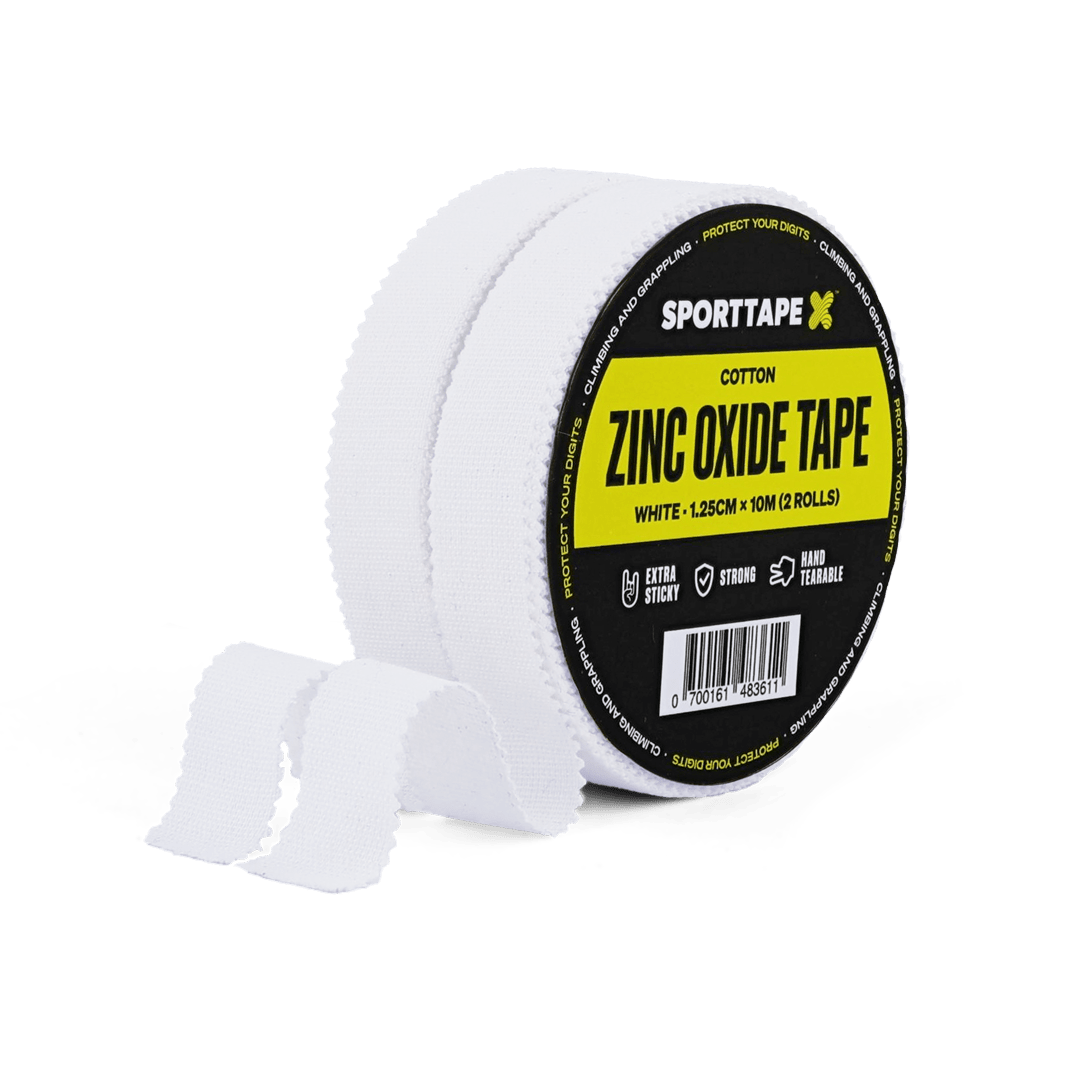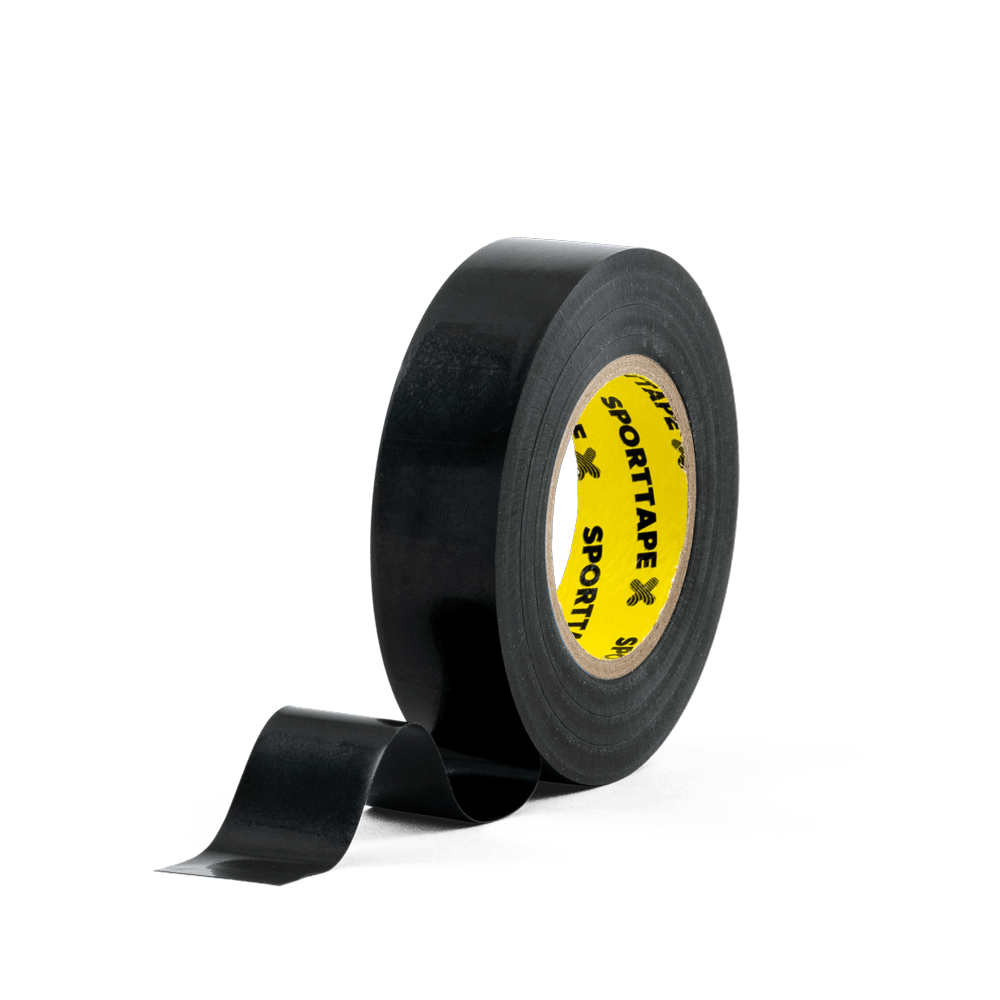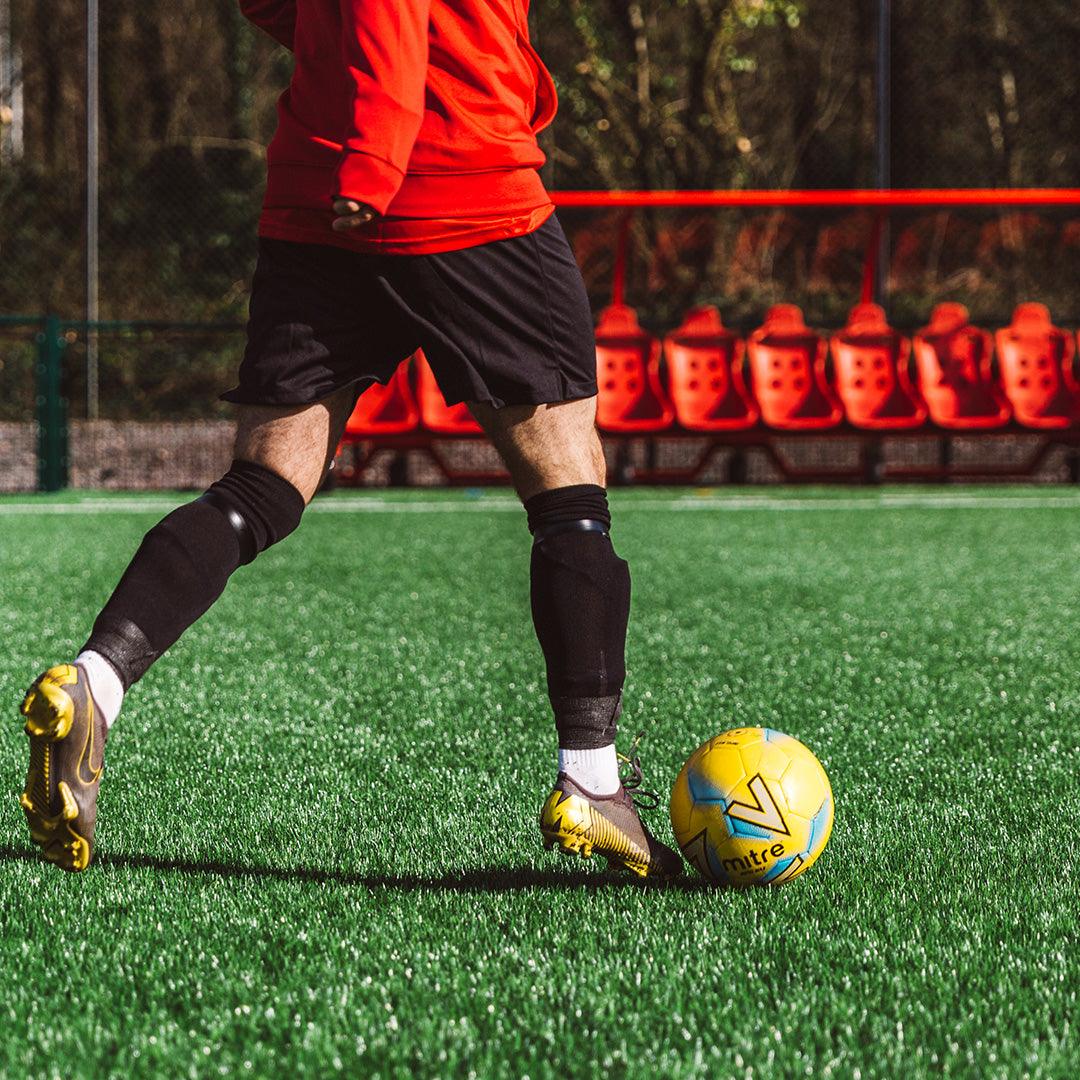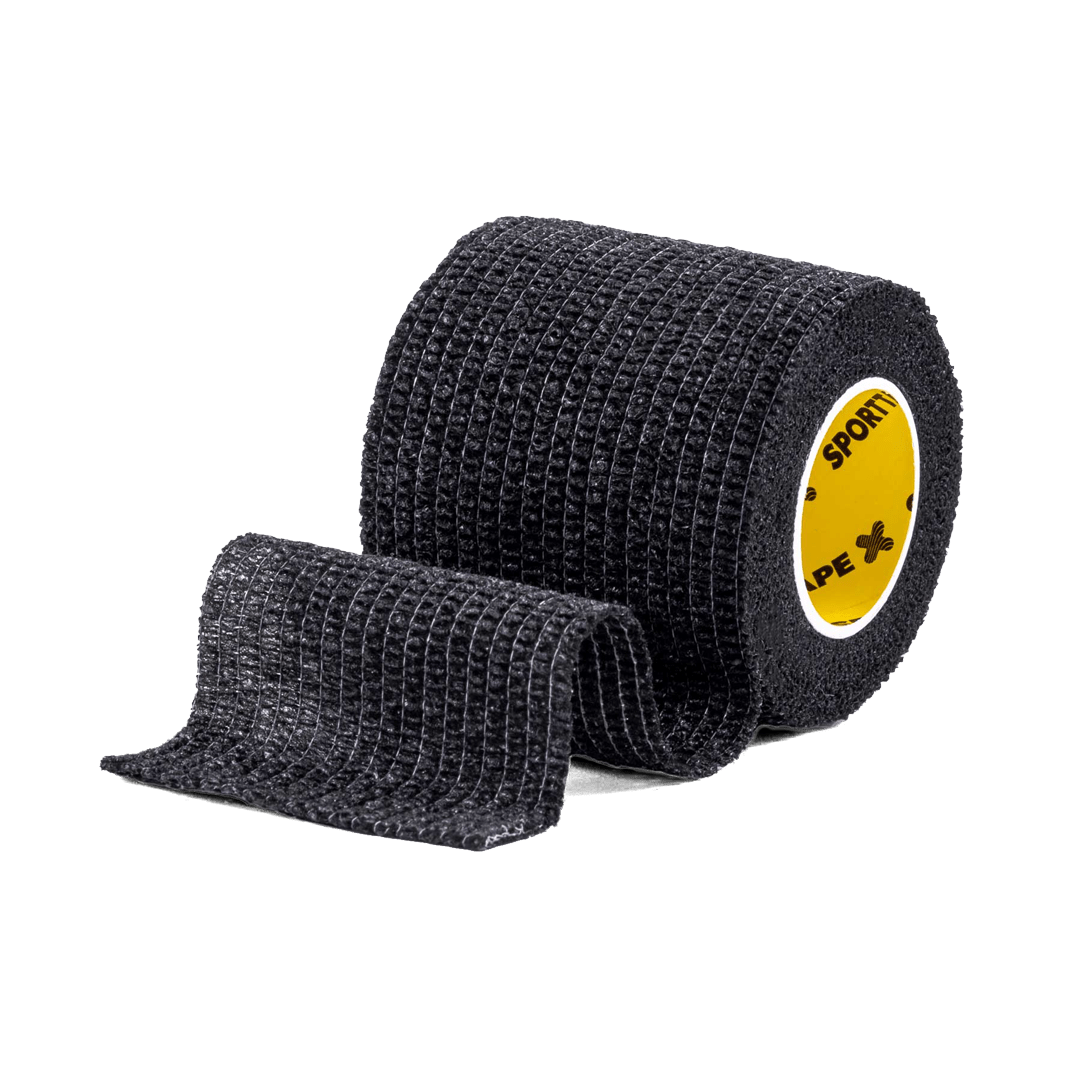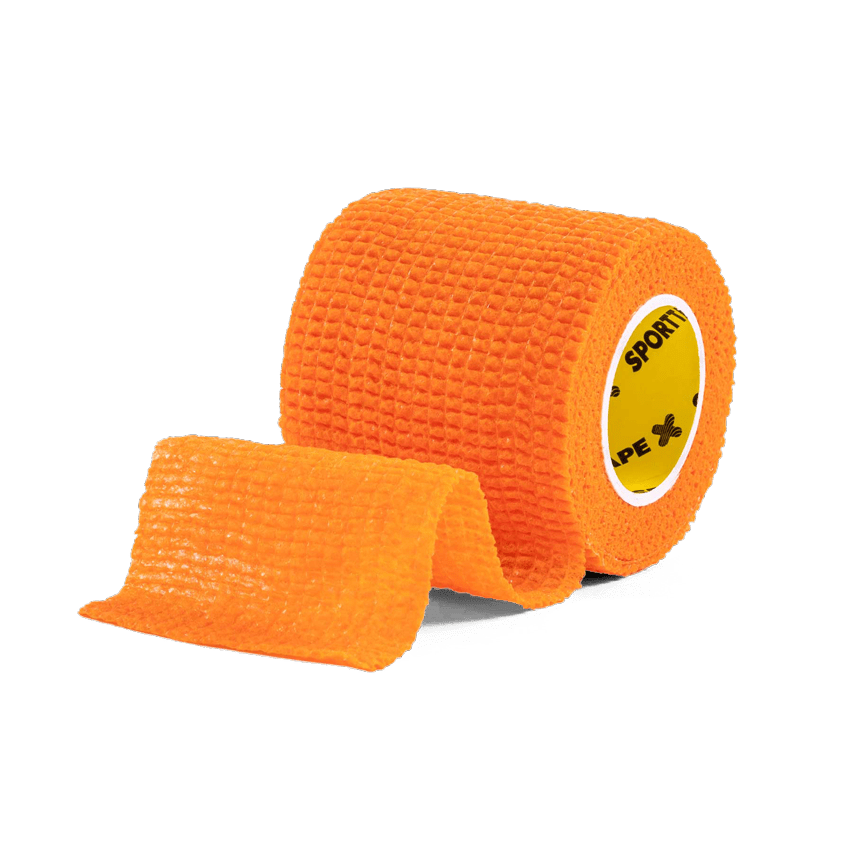Let's talk about Goalkeeper Finger Tape. Yes, you read that right. These taping techniques could be your ticket to a game-winning save.
How do you apply it, you ask? Great question. Well, there are actually several ways to tape up your digits. But wrapping your fingers with a flexible Cohesive Bandage and 'cross taping' with a rigid Zinc Oxide Tape definitely steal the spotlight for us.
They're the keeper's favourites, hands down (pun intended 🙌). Let's dive into the details, shall we? Understanding how these methods work could make all the difference. So, buckle up and let's explore their magic.
HOW DO GOALKEEPERS TAPE THEIR FINGERS:
THE PURPOSE OF GOALKEEPER FINGER TAPING
Ever wondered why goalkeepers tape their fingers? Well, it's more than just a style statement. Finger taping is a crucial ritual for some athletes, particularly goalkeepers, serving as their secret weapon on the pitch.
Its job? To give those hard-working fingers the support they need, shielding them from nasty injuries like sprains, dislocations, or fractures. Taping can also speed up recovery, limiting movement and easing the strain on injured joints and tendons.
Pro goalkeepers know the score. They tape up to boost stability, readying their hands for those game-saving fingertip catches. It's a game-changer, minimising injury risks and helping them bounce back from the impact of a direct football hit. In short, finger taping keeps keepers in the game, safe and sound.
COHESIVE FINGER WRAPPING
The most popular finger taping application for goalkeepers uses Cohesive Bandage, or as it is more commonly known as in football, Sock Wrap. It’s the same tape that you may use to keep your socks in place for 90 minutes, so it’s a great chance to double-up on your roll.
This application provides stability to the joints in your fingers, allowing flexion but reducing extension. Basically, there is less chance of your fingers getting bent backwards during training or the match, which as we know, gives keepers nightmares every night.
STEP 1
Rip a small strip of Cohesive Bandage (about the length of your finger) and wrap it 1-2 times around the finger that you want to tape, directly over the central joint.
STEP 2
Be careful not to apply the tape too tightly and cut off circulation through your fingers. You can test this by pinching your fingertip and checking that colour returns within a second.
STEP 3
Repeat on as many fingers as needed. For goalkeepers, you may just want one finger, but it can't hurt to do multiple.
FINGER CROSS TAPING
For this application, you'll need a roll of Zinc Oxide 1.25cm, or 'Finger Tape'. It is widely used by professional goalkeepers to add some strength to their digits.
It helps to prevent excessive force being applied to the joints in the fingers when handling the ball.
This increases your grip strength by moving the strength emphasis away from your fingers to your wrist and hands.
It's used a lot in martial arts and combat sports (such as Brazilian Jiu Jitsu, Wrestling and MMA) and also in climbing, but translates well for keepers too.
STEP 1
Rip a long strip of 1.25cm (or 2.5cm) Zinc Oxide Tape and wrap it 1-2 times around the finger that you want to tape, just beneath the knuckle.
STEP 2
Bring the tape up at an angle over the front knuckle joint line creating one half of an X. Wrap the tape 1-2 times around the upper knuckle, making sure not to tape over the real joint line as you still need to be able to bend the finger.
STEP 3
Come back down to where you started, again crossing the joint line to make a full X. Wrap 1-2 more times around lower finger to lock off.
You should be able to still bend the finger but it should feel supported and the last couple of degrees locked off by the thickness of the tape.
STEP 4
Repeat on as many fingers as needed.
Overall, taping gives goalkeepers the confidence in their hand movements and grip. It helps reduce the risk of new or previous injuries and managing pain is a benefit too!⚽
That’s it. Now you’re ready to get out there and play. Whether you're a keeper or an outfielder, keep those digits safe. And if you have more questions for us, get in touch. We're happy to help!



